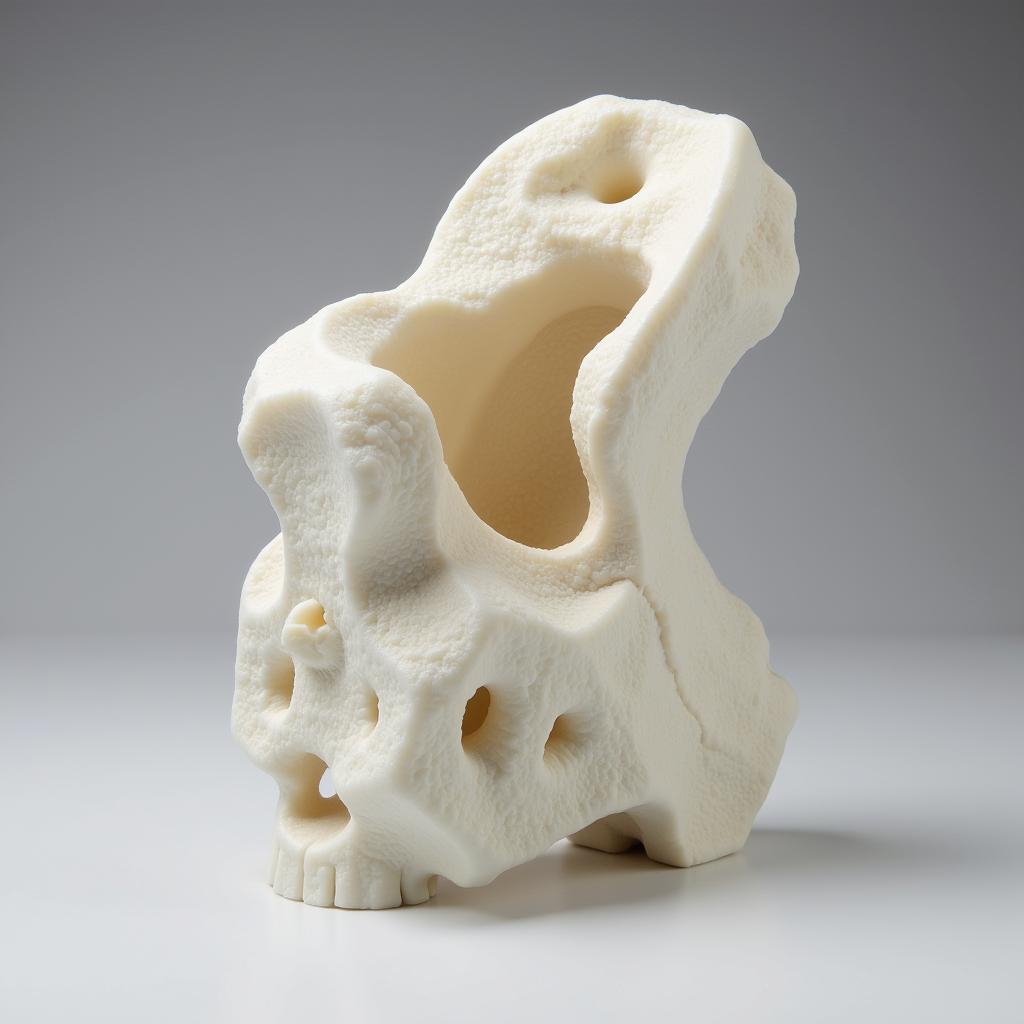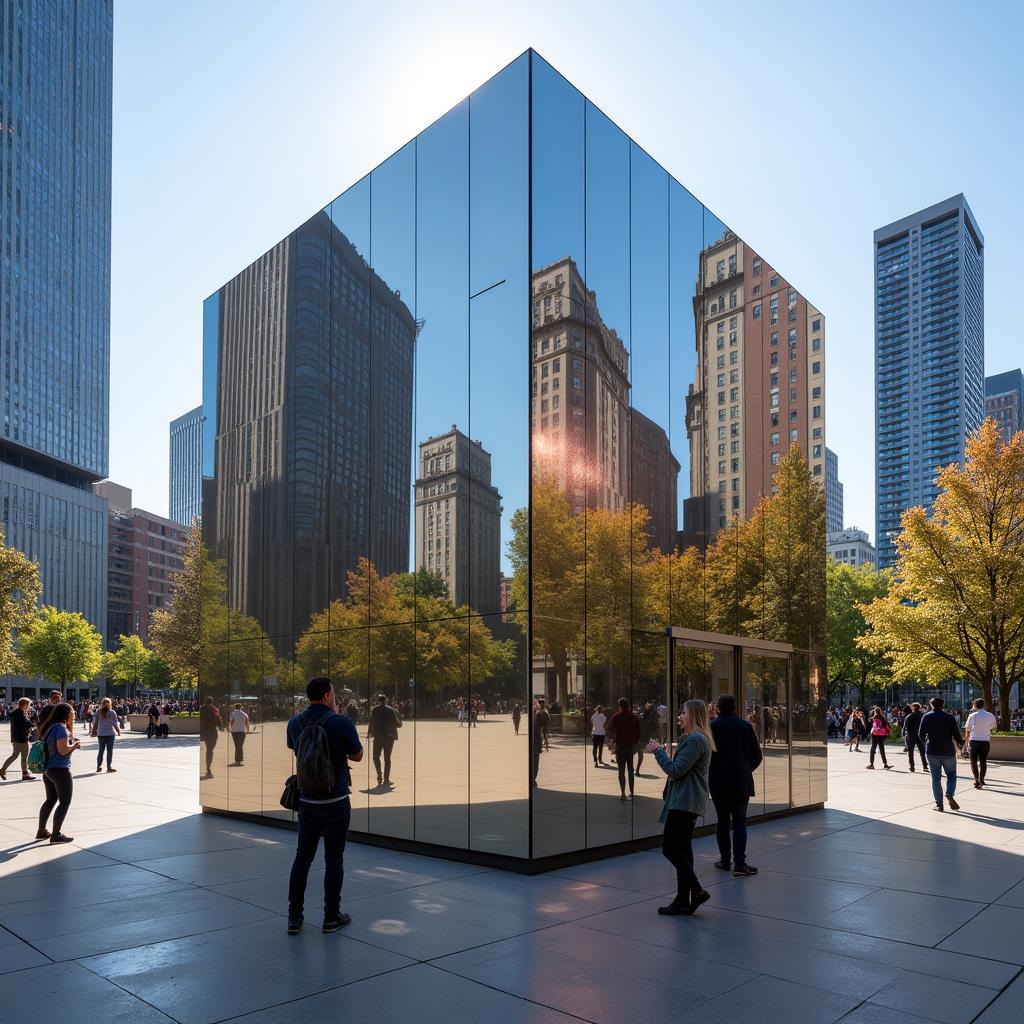Orthopedic Art: Where Medicine Meets Creativity
Orthopedic Art blends the precision of medical science with the expressive power of art. It encompasses a wide range of creative expressions, from anatomical illustrations to sculptures and even digital art, all focused on the human musculoskeletal system. This fascinating field not only celebrates the beauty and complexity of our bodies but also plays a crucial role in medical education, patient communication, and even surgical planning.
Exploring the World of Orthopedic Art
Orthopedic art takes many forms. Traditional methods include highly detailed anatomical drawings and paintings, often used in medical textbooks and journals. These artworks help medical students visualize complex structures and understand their function. Sculptors also contribute to this field, creating three-dimensional representations of bones, joints, and muscles that can be used for educational purposes and artistic display. With the rise of digital technology, orthopedic art has expanded into new realms, with artists using software to create stunning visualizations of the human body, simulations of surgical procedures, and interactive educational tools.
 Detailed Anatomical Illustration of the Human Knee Joint
Detailed Anatomical Illustration of the Human Knee Joint
The applications of orthopedic art extend far beyond the classroom. Surgeons often utilize 3D models and digital visualizations for pre-operative planning, allowing them to visualize the surgical field and anticipate potential challenges. This helps improve surgical precision and reduce complications. Orthopedic art can also be a powerful tool for patient communication, helping patients understand their diagnosis and treatment options more clearly. Visual aids can be invaluable in explaining complex medical procedures, easing anxieties, and fostering a sense of collaboration between doctor and patient.
The Intersection of Art and Medical Science
What makes orthopedic art unique is its inherent duality: it must be both aesthetically pleasing and scientifically accurate. This requires artists to have a deep understanding of human anatomy and physiology, along with artistic skill and a keen eye for detail. Some orthopedic artists have backgrounds in medical illustration or even medicine itself, while others come from a purely artistic background and develop their medical knowledge through research and collaboration with healthcare professionals. This blend of artistic vision and scientific rigor creates artworks that are both informative and inspiring.
 3D Printed Bone Model for Surgical Planning
3D Printed Bone Model for Surgical Planning
“Orthopedic art bridges the gap between the abstract world of medical science and the tangible reality of the human body,” says Dr. Amelia Carter, a renowned orthopedic surgeon and art enthusiast. “It allows us to see the beauty within the complexity, and to appreciate the incredible machine that is the human musculoskeletal system.”
The Future of Orthopedic Art
As technology continues to evolve, so too will the field of orthopedic art. Virtual reality and augmented reality are already being explored as new mediums for creating immersive and interactive experiences. Imagine being able to step inside a virtual human body and explore its inner workings, or to overlay anatomical information onto a patient’s body during a consultation. These technologies have the potential to revolutionize medical education, patient care, and surgical planning.
“The possibilities are endless,” says renowned medical illustrator, John Miller. “With the advent of new technologies, orthopedic art can become even more powerful in its ability to educate, inform, and inspire.”
Conclusion: The Art of Healing
Orthopedic art stands at the crossroads of art and medicine, offering a unique perspective on the human body and its intricate workings. It is a testament to the power of human creativity and ingenuity, and its importance in the field of orthopedics continues to grow. As we move forward, orthopedic art will undoubtedly play an even greater role in shaping the future of healthcare.
FAQs about Orthopedic Art
- What are the different forms of orthopedic art?
- How is orthopedic art used in medical education?
- How can orthopedic art benefit patients?
- What skills are required to become an orthopedic artist?
- What is the future of orthopedic art?
Need help? Contact us 24/7 at Phone Number: 02462573573, Email: danteum@gmail.com or visit us at Savico Megamall, 7-9 Đ. Nguyễn Văn Linh, Gia Thụy, Long Biên, Hà Nội 10000, Việt Nam.



